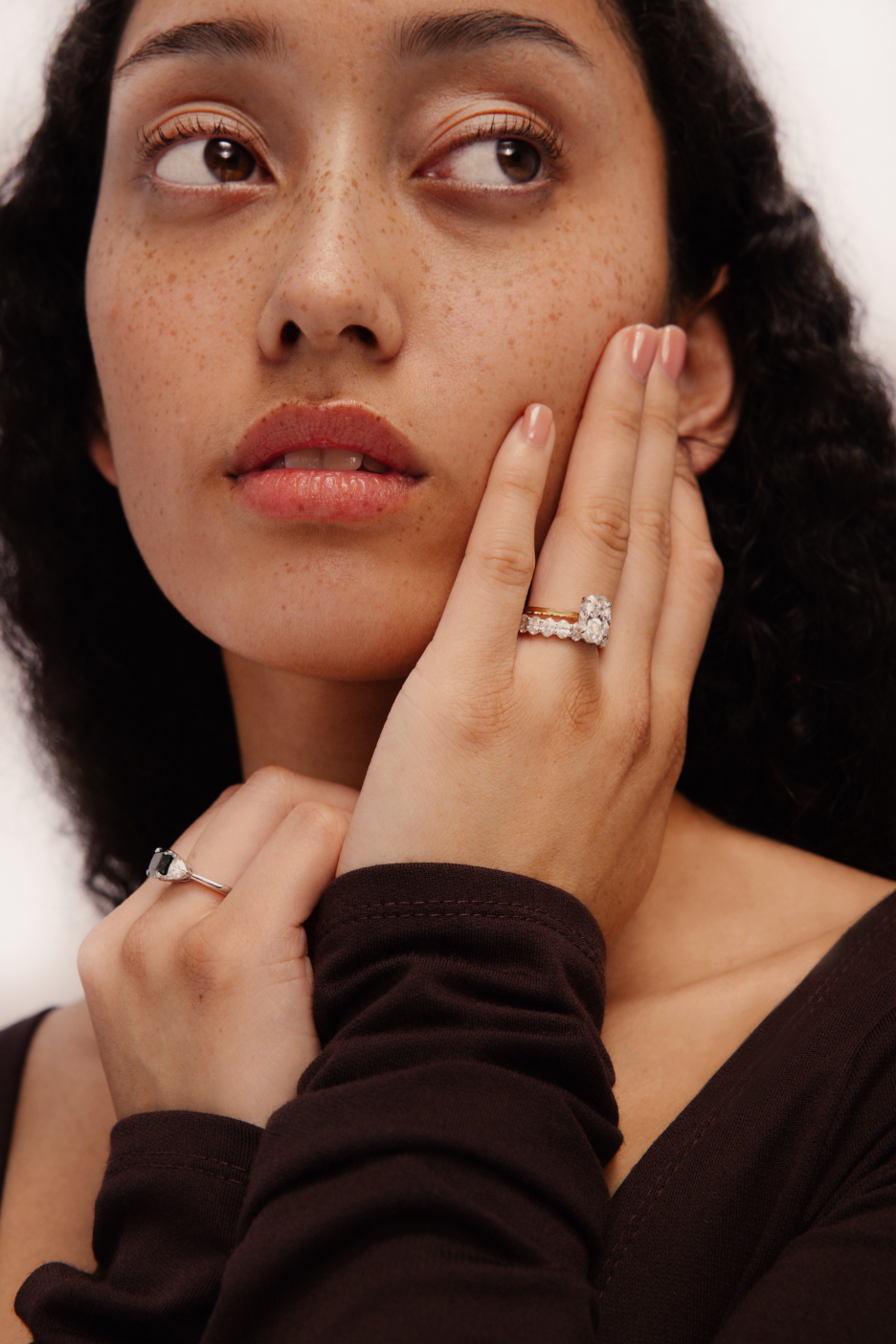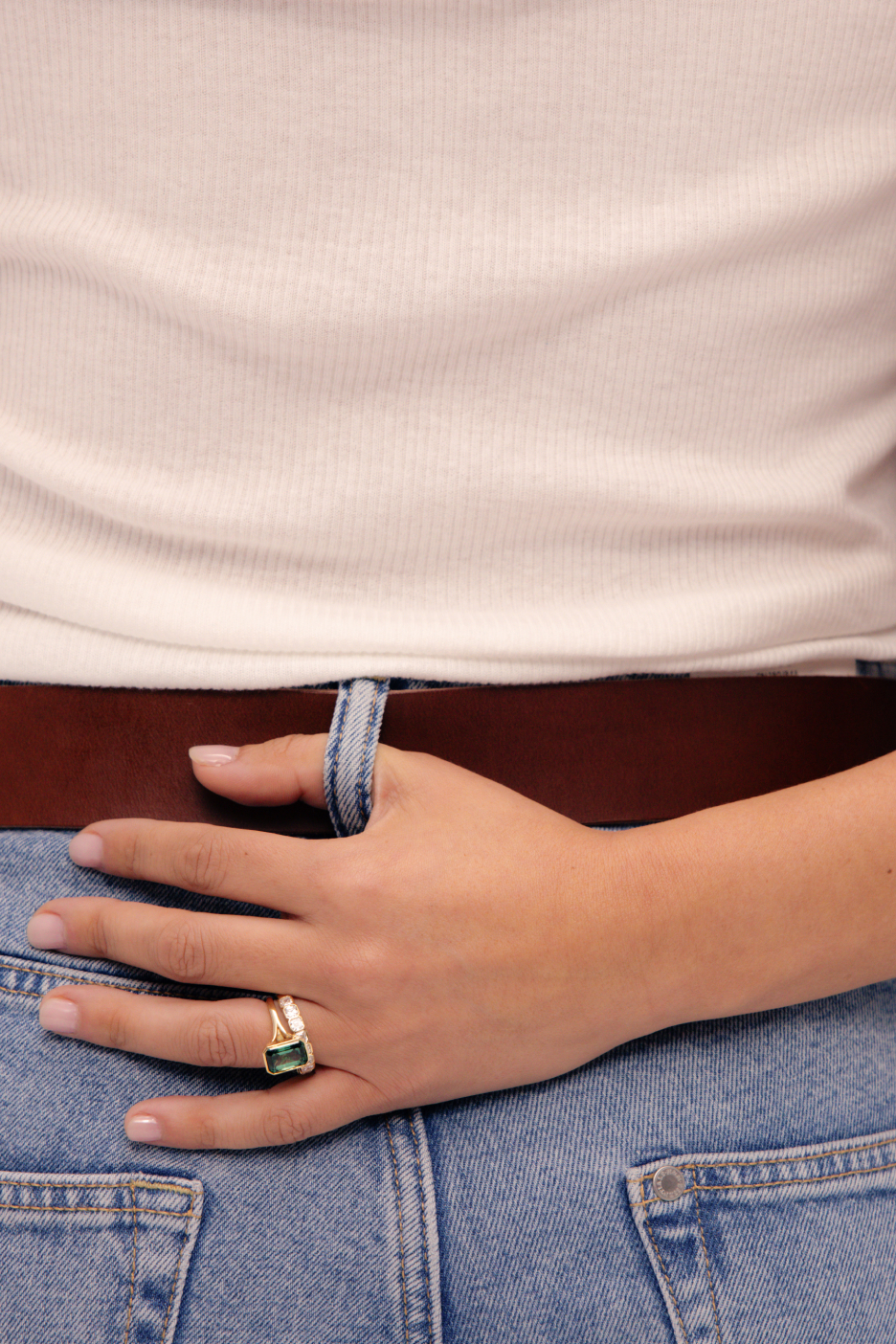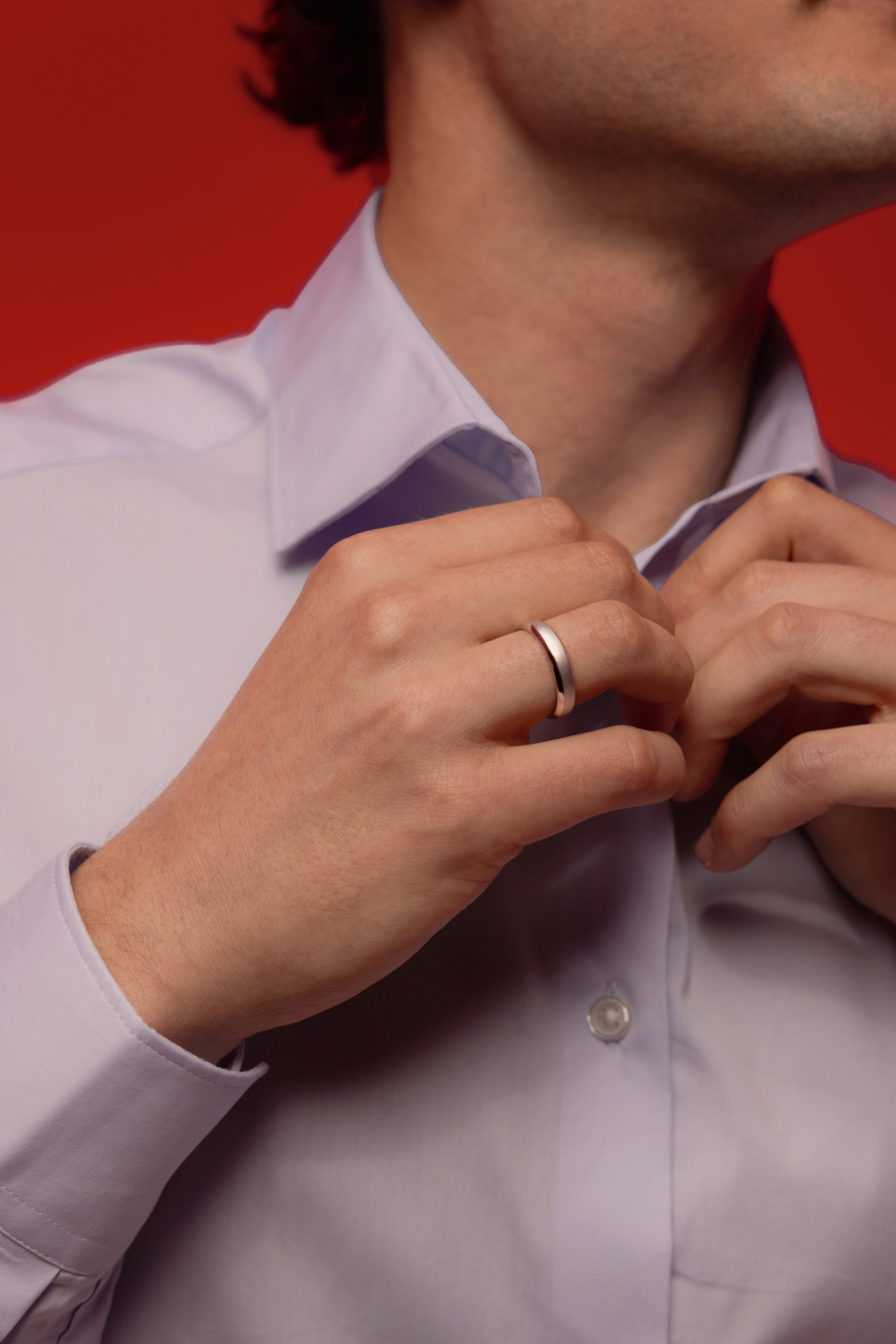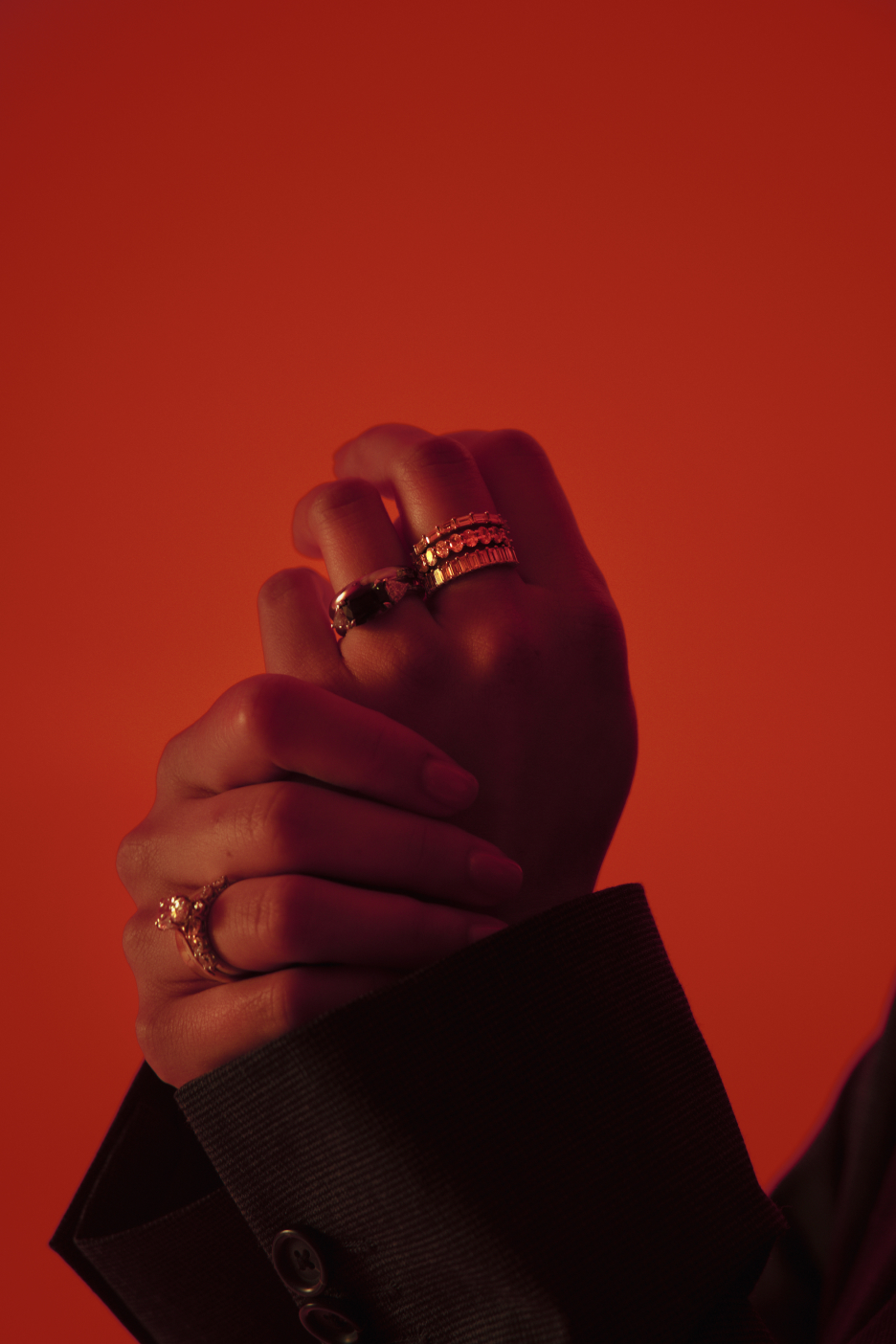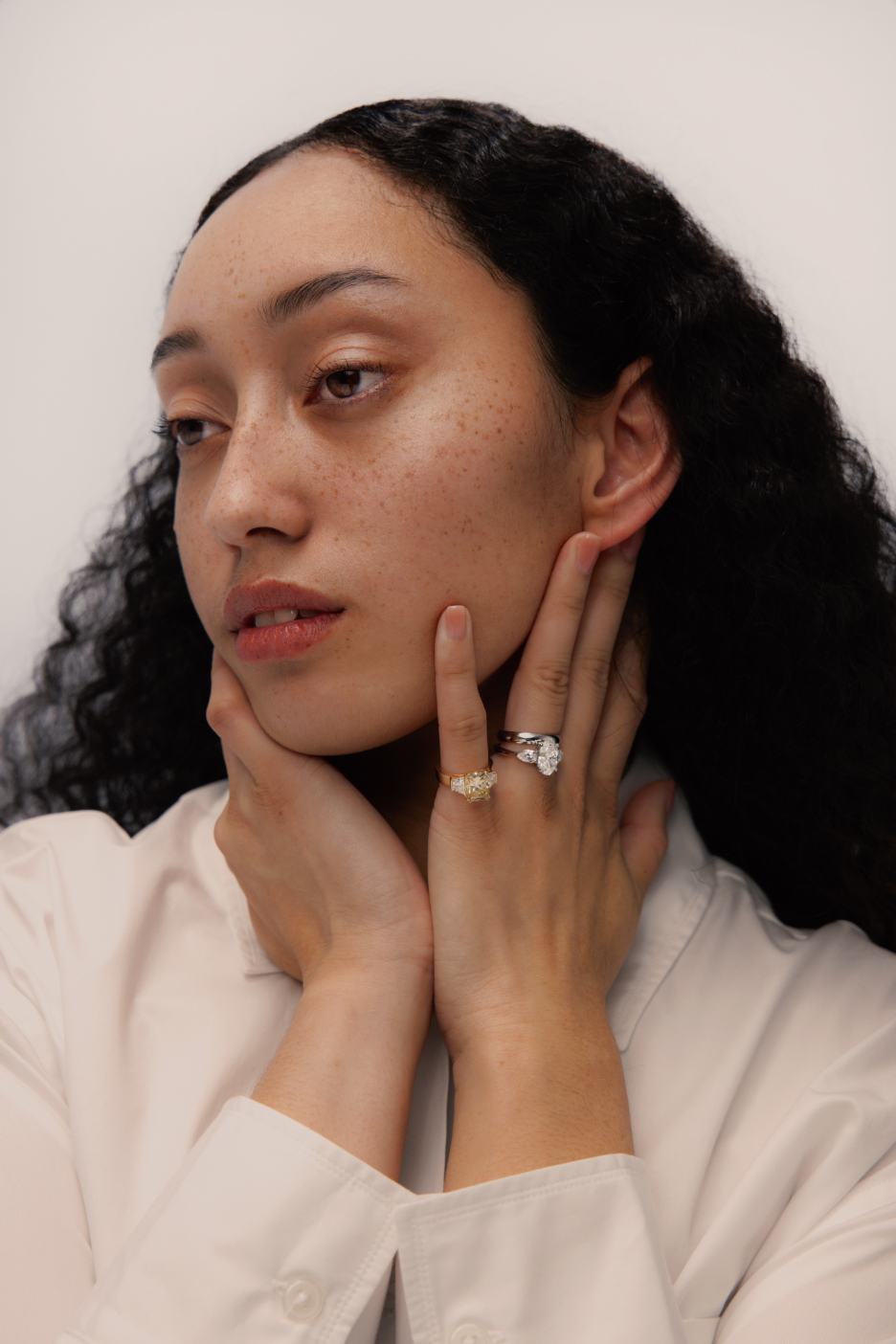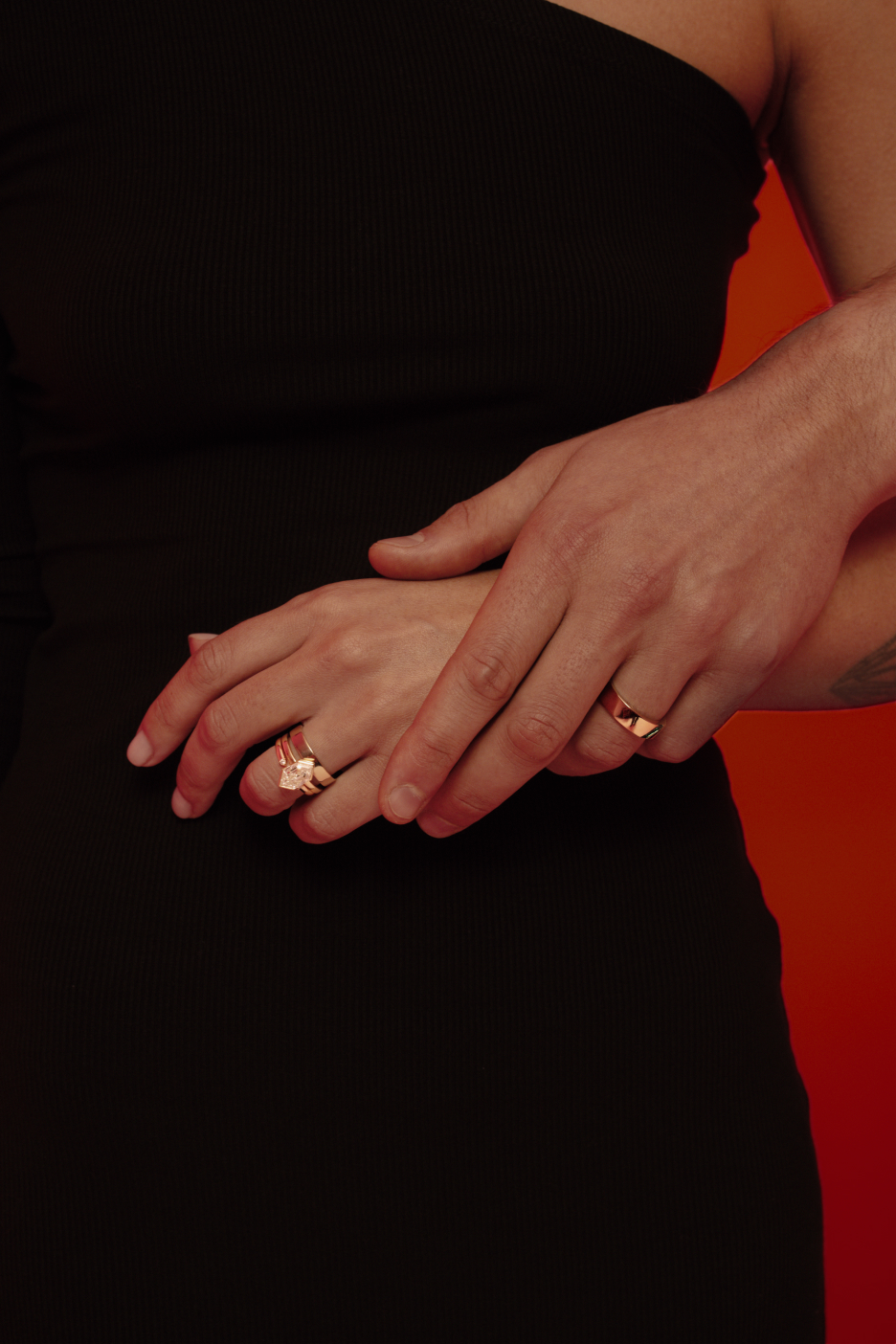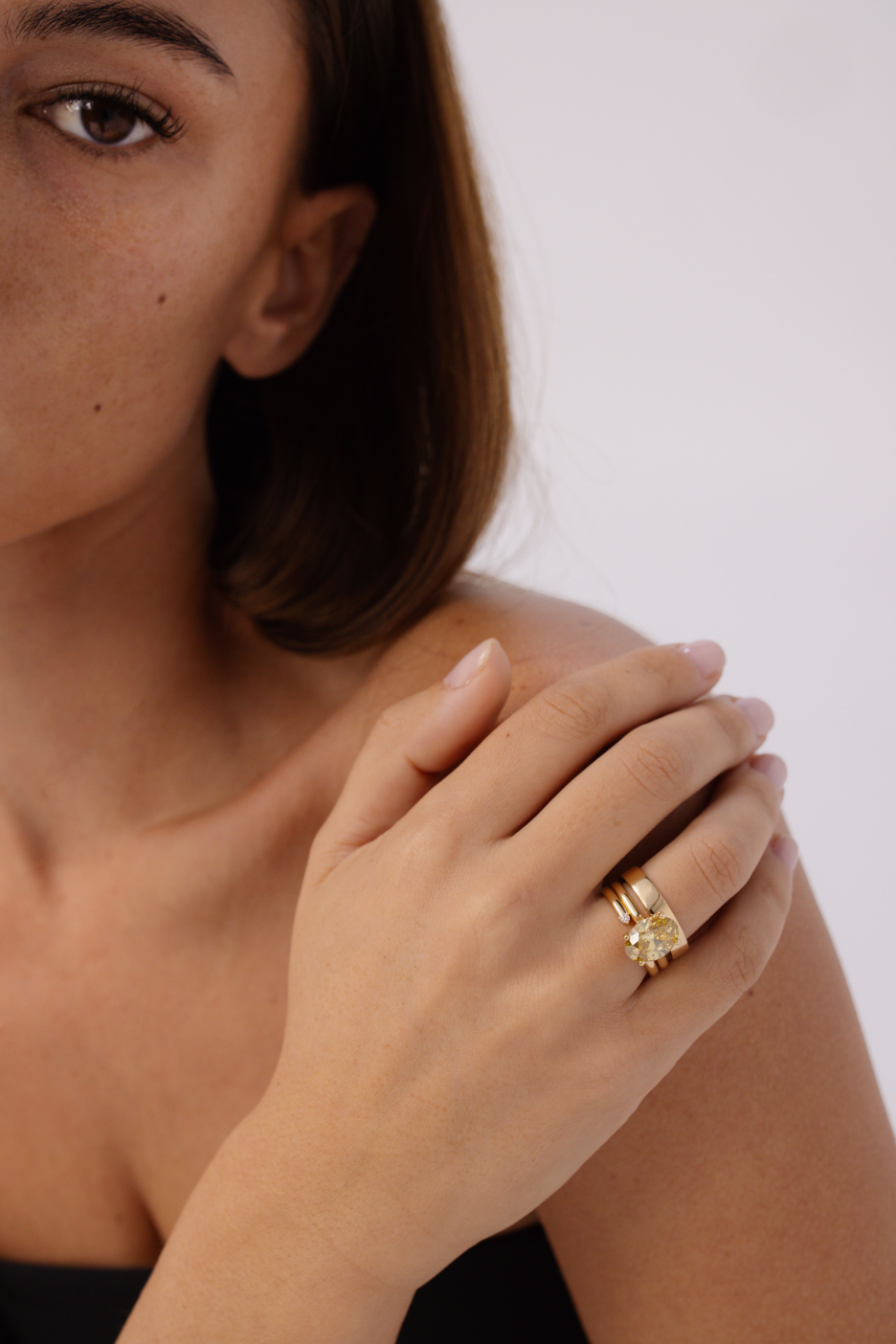Lab Grown Diamonds: Colours and their meanings

Colour has been held in high regard for a long time as one of the most significant criteria for diamonds. Many people find that having a colourless look provides a magical brightness. But there is a growing trend looking to flip that. Coloured diamonds are becoming more and more popular. And it's a vibe we are down with.
And for anyone interested, they are becoming more and more accessible too as lab-grown diamond technology continues to advance. Mined-coloured stones are both pricey, have questionable ethics, and have a high environmental impact. There is a guilt-free way to get the coloured diamond you have always wanted.
What are coloured diamonds?
Diamonds that have a distinct body colour when seen in the face-up position are known as coloured diamonds. The hues brown and yellow are the ones that occur most often in naturally-coloured diamonds. They are also often graded against the typical 4Cs. Pinks, blues, oranges, greens, reds, and violets are traditionally rarer and are graded with another type of report.
When it comes to lab grown coloured diamonds, the stones start off having a yellowish undertone. Specific colours are then created by adding subtle amounts of impurities (the premise of how coloured diamonds are formed – even the mined ones). The colour is determined by the length of time the heat is applied, the temperature maintained during the process, and the specific impurities included.
How are coloured diamonds graded?
The GIA uses a scale that ranges from D to Z. Although they all have varying degrees of hue, D-Z diamonds are nevertheless colourless. Diamonds with natural fancy colours, such as pink, red and blue, are evaluated using a different colour scale than colourless diamonds.
The GIA uses hue, tone, and saturation to describe colour. The term "hue" refers to the colour of the diamond itself, whereas "tone" describes the colour in terms of its relative brightness or darkness, and "saturation" describes the colour in terms of its depth or intensity.
A fancy colour grader chooses one of 27 colours by using carefully controlled viewing settings and colour comparisons. After making their selection, they define the tone and saturation of the colour with terms such as fancy light, fancy intense, and fancy vivid.
Coloured Diamonds
Below are some of the coloured diamond options, how they are made and what they represent.
Pink

Even though the colour of most diamonds may be rationally explained, researchers are still working out how exactly the pink colouration of a diamond comes about. They think that the pink hues of diamonds are created by a plastic-styled deformation that occurs due to tremendous natural pressures that the diamond experienced when it was being stored deep below the surface of the planet. This implies that they did not begin the process of becoming pink throughout their development, which is one of the reasons why pink diamonds are among the rarest of all fancy coloured diamonds. In a lab environment, this means adding additional pressure to give off the pink colour.
Pink diamonds represent creativity, femininity, love and romance.
One famous person to popularise pink diamonds is Jennifer Lopez. When her ex-fiance Ben Affleck proposed in 2002, he proposed with a 6.1-carat radiant cut pink diamond.
Yellow

Diamonds with yellow colour are the most common and are often seen in traditional jewellery stores. These stones are often referred to as Canary Diamonds. A slew of A-list celebrities, such as Adele and Paris Hilton, have been seen flaunting jewellery that features yellow diamonds, which has helped to stoke consumer demand for them. When it comes to coloured diamond engagement rings, yellow diamonds are growing in popularity.
Yellow diamonds represent self-confidence, creativity and clarity of thought. The colour yellow also is said to promote joy and prosperity.
A yellow diamond has been fashioned by Audrey Hepburn in 1961 for Breakfast at Tiffany’s. Lady Gaga and Beyonce have also worn yellow diamonds.
Blue

Naturally-formed blue diamonds are very uncommon. Boron atoms may sometimes take the place of carbon atoms in the crystal lattice of blue diamonds that have formed very deep in the Earth’s crust. This is the most common reason for the blue hue. Blue diamonds are distinguished by an obvious blue hue and a colour palette that extends from light to dark blue.
Blue diamonds are associated with truth, elegance and calmness. It is also said to denote class and sophistication.
The blue diamond hasn’t been fashioned by too many celebrities but it became popular in 2015 with the sale of a 9.75 carat fancy vivid blue “Zoe” diamond to HK billionaire Joeseph Lau, who bought it for his daughter who goes by the same name.
Green

The colour of a natural green diamond does not emerge until the very end of the diamond's journey to the earth's surface. Natural irradiation, which is often induced by alpha particles, is the source of the colour. The diamond's ability to take in red and yellow light enables it to reflect a greenish hue; however, this is often restricted to a very thin layer at the surface of the original rough diamond, and it is very unlikely that the green colour will be present throughout the diamond.
A green diamond signifies faith, youth and balance.
Ben Afflick proposed to Jennifer Lopez a second time in 2022 with a green diamond.
Brown

Brown diamonds make up the vast majority of all naturally occurring diamond colours. Their colour originates from either structural flaws in the diamond lattice or minute amounts of nitrogen inside the diamond lattice itself. Because of this, their colour, as with yellow diamonds are the only ones that can be evaluated on the standard 4C’s diamond colour scale.
Brown diamonds are associated with being grounded, embedded in tradition and in harmony.
For the Grammy’s in 2018, Rihanna wore a brown diamond necklace. Brown diamonds have recently been having their time in the Sun. It has become a popular choice in the last three years, especially for ornamental jewellery — but not so much for engagement ring centrepieces.
Red

The most valuable of all fancy coloured diamonds is the red diamond since it is the rarest and, as a result, it commands the highest price. They are one of the most sought-after shades, mostly because there are so few examples of them.
A diamond that is red is often termed a “real red diamond”. It is essential to point out that fancy red diamonds do not have a saturation level comparable to other fancy coloured diamonds. This is because reds represent the highest level of colour in the pink diamond family, and it is not possible for there to be a greater level of saturation.
Similar to the connotations of the colour red, red diamonds symbolise passion and love.
Black

Natural black diamonds often have a high density of mineral inclusions that very little light can travel through them. This is because the inclusions themselves provide the diamond's dark hue. Graphite, pyrite, and hematite are all examples of common inclusions found in black diamonds. The graphitisation of the fracture surfaces of extensively fragmented diamonds may be what gives them their dark hue.
Black diamonds also known as carbonados by the Portuguese are most notably found in central Africa and Brazil.
Throughout the ages, black diamonds have had mixed connotations. In ancient India and medieval Europe, it was seen as a perfect form of protection from evil.
In contrast, there are legends of cursed black diamonds that have led to unfortunate and untimely deaths. These legends have centred around the idea of karma as opposed to the inherent qualities of the diamond and its colour.
Black diamonds today represent strength and justice. It is said to soothe jealousy.
A number of celebrities have fashioned a black diamond such as Gwyneth Paltrow during the Emmy’s red carpet in 2011, to the fictional character of Carrie Bradshaw in Sex in the City
Violet

Diamonds naturally occurring in the hue violet are very rare. In certain cases, this is because the diamond crystal lattice contains minor impurities of hydrogen atoms instead of carbon atoms.
They are so rare that in 32 years of operation of the Argyle mine in Western Australia, only twelve carats have been polished.
White

White diamonds are found in nature and are created when a natural diamond has thick clouds of fine reflecting inclusions. Because of the large number of imperfections, the diamond may look opaque or iridescent due to the fact that the inclusions block the flow of light.
It does not fall under the colour scale of D to Z used for clear diamonds. This is because white does not come in a variety of colours.
Most people do not know that white diamonds exist and they aren’t too popular either. A white diamond does not have much brilliance. The value of a white diamond is also low because there is not too much demand for it. It is not eye-catching or sparkly.
